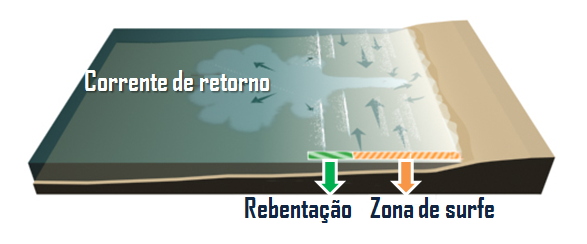Who's responsible for fixing Port Chester sea wall disputed
| A collapsed sea wall in Port Chester is seen from the Greenwich, Conn., side of the Byram River. | Tania Savayan/The Journal News |
PORT CHESTER — It’s been two years since village officials fenced off a public walkway behind Costco while the underlying sea wall, just a decade old, caved into the Byram River.
Near the breach, a tilting lamp post, a sinking drain and dislocated bricks signal that another portion may be giving way. That’s the backdrop as Port Chester’s village board and a private developer continue to negotiate over how to handle a multimillion-dollar repair job and how to pay the bill.
The riverfront “promenade” was a much-heralded amenity in the redevelopment of downtown Port Chester. The southernmost portion behind the Costco lot was provided by G&S, developer of the neighboring mall, as part of a complicated agreement with the village and Westchester County. In anticipation of the mall’s boost to sales tax revenue, the county agreed to sublease the village-owned shoreline from G&S for 20 years. The county’s rent, paid to G&S since 2004, is $70,000 a month, or $840,000 a year.
A 2000 Board of Legislators news release called the arrangement “a 20-year stroll down a planned Port Chester promenade with the expectation that it will lead to a major economic and recreational revitalization.”
While the project has generated sales tax, jobs and $2 million in annual payments in lieu of property tax, the promenade built by G&S has become an expensive eyesore.
“It just looks like hell,” said George Chevalier, a Katonah resident who passes by regularly in his fishing boat. “The boaters are very unhappy, and it just makes the whole area look dilapidated.”
He asked: “So who’s responsible for fixing it?”
At least three attorneys have explored that question for Port Chester since 2006, when the pavement began to buckle. And the answers have been as murky as the Byram River.
Mayor Dennis Pilla has said there is “plenty of blame to go around,” while G&S denies any responsibility.
“Under the legal documents, G&S is not responsible,” attorney Mark Weingarten said. Doug Riley, a G&S executive, has said the design was “provided and approved” by the village.
Near the breach, a tilting lamp post, a sinking drain and dislocated bricks signal that another portion may be giving way. That’s the backdrop as Port Chester’s village board and a private developer continue to negotiate over how to handle a multimillion-dollar repair job and how to pay the bill.
The riverfront “promenade” was a much-heralded amenity in the redevelopment of downtown Port Chester. The southernmost portion behind the Costco lot was provided by G&S, developer of the neighboring mall, as part of a complicated agreement with the village and Westchester County. In anticipation of the mall’s boost to sales tax revenue, the county agreed to sublease the village-owned shoreline from G&S for 20 years. The county’s rent, paid to G&S since 2004, is $70,000 a month, or $840,000 a year.
A 2000 Board of Legislators news release called the arrangement “a 20-year stroll down a planned Port Chester promenade with the expectation that it will lead to a major economic and recreational revitalization.”
While the project has generated sales tax, jobs and $2 million in annual payments in lieu of property tax, the promenade built by G&S has become an expensive eyesore.
“It just looks like hell,” said George Chevalier, a Katonah resident who passes by regularly in his fishing boat. “The boaters are very unhappy, and it just makes the whole area look dilapidated.”
He asked: “So who’s responsible for fixing it?”
At least three attorneys have explored that question for Port Chester since 2006, when the pavement began to buckle. And the answers have been as murky as the Byram River.
Mayor Dennis Pilla has said there is “plenty of blame to go around,” while G&S denies any responsibility.
“Under the legal documents, G&S is not responsible,” attorney Mark Weingarten said. Doug Riley, a G&S executive, has said the design was “provided and approved” by the village.
http://www.lohud.com


Comentários
Postar um comentário